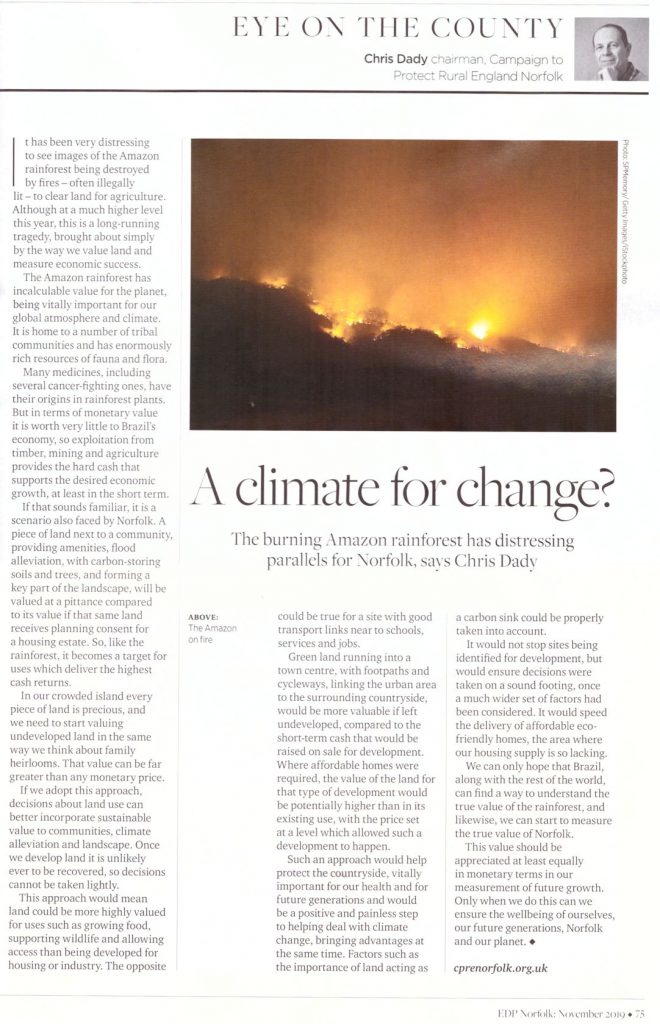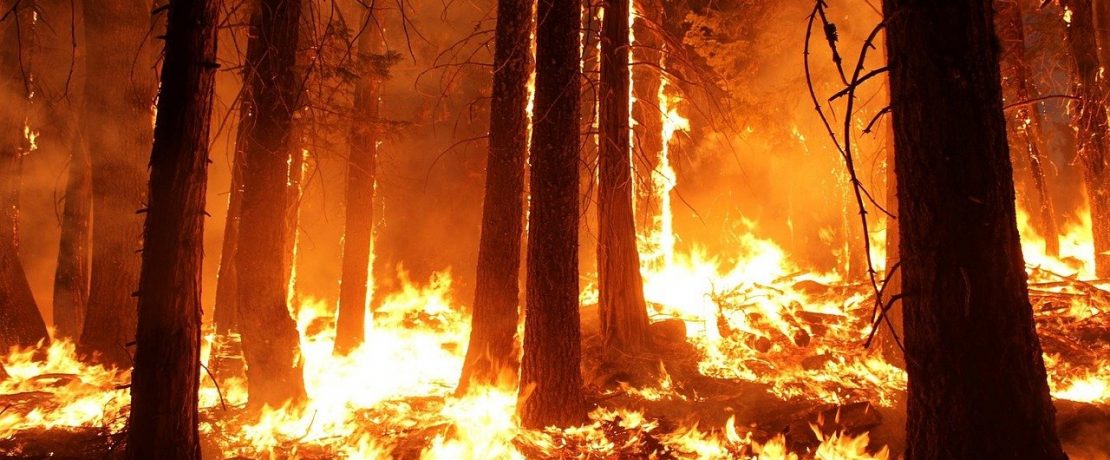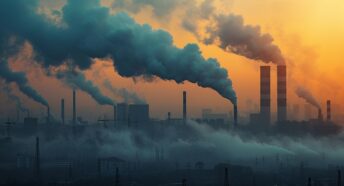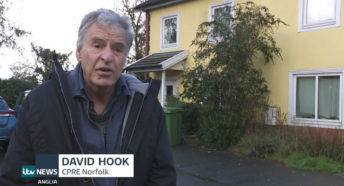A climate for change
The burning Amazon rainforest has disturbing parallels for Norfolk, says Chris Dady.
It has been distressing to see recent images of the Amazon rainforest being destroyed by fires to clear land for agriculture. Although at a much higher level this year, because of the new Brazilian President’s policies, this is a long-running tragedy, brought about simply by the way we value our land, and measure economic success.
The Amazon rainforest has incalculable value for the planet, being vitally important for our global atmosphere and climate. It is home to a number of tribal communities, and has enormously rich resources of fauna and flora. Many medicines, including several cancer fighting ones, have their origins in rainforest plants. But in terms of monetary value it is worth very little to Brazil’s economy, so exploitation from timber, mining and agriculture provides the hard cash that supports the desired economic growth, at least in the short term.
If that sounds familiar, it is a scenario also faced by Norfolk. A piece of land next to a community, providing amenities, flood alleviation, with carbon-storing soils and trees, and forming a key part of the landscape will be valued at a pittance compared to its value if that same land receives planning consent for a housing estate. So, like the rainforest, it becomes a target for uses which deliver higher cash returns.
In our crowded island every piece of land is precious, and we need to start valuing undeveloped land in the same way we think about family heirlooms. That value can be far greater than any monetary price. If we adopt this approach, decisions about land use can better incorporate sustainable value to communities, climate alleviation and landscape. Once we develop land it is unlikely ever to be recovered, so decisions cannot be taken lightly.
This approach would mean land would be more highly valued for uses such as growing food, supporting wildlife and allowing access than being developed for housing or industry. The opposite could be true for a site with good transport links near to schools, services and jobs. Green land running into a town centre, with footpaths and cycleways, linking the urban area to the surrounding countryside would be more valuable if left undeveloped, compared to the short-term cash that would be raised on sale for development. Where affordable homes were required, the value of the land for that type of development would be potentially higher than in its existing use, with the price set at a level which allowed such a development to happen.
Such an approach would help protect the countryside, vitally important for our health and for future generations. Factors such as the importance of land acting as a carbon sink, helping to mitigate against climate change, could be properly taken into account. It would not stop sites being identified for development, but would ensure decisions were taken on a sound footing, once a much wider set of factors had been considered, and could speed the delivery of affordable eco-friendly homes, the area where our housing supply is so lacking.
We can only hope that Brazil, along with the rest of the world, can find a way to understand the true value of the rainforest, and likewise, we can start to measure the true value of Norfolk, and properly reflect this in our measurement of future growth, in more than just monetary terms. Only when we do this can we ensure the wellbeing of ourselves, our future generations, Norfolk and our planet.
This article appeared in the November 2019 edition of the Norfolk Magazine.










